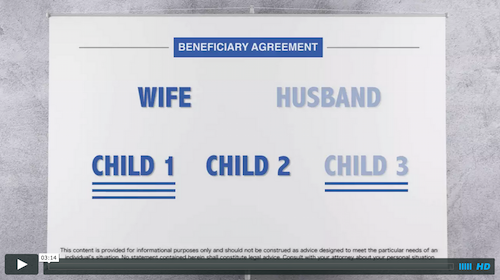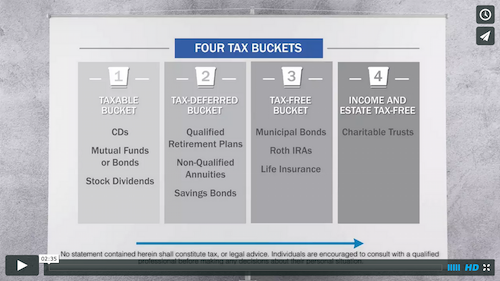Understanding financial matters can be difficult if you don’t understand the jargon. Becoming familiar with these 10 financial terms may help make things clearer.

1. Time value of money
The time value of money is the concept that money on hand today is worth more than the same amount of money in the future, because the money you have today could be invested to earn interest and increase in value.
Why is it important? Understanding that money today is worth more than the same amount in the future can help you evaluate investments that offer different potential rates of return.
2. Inflation
Inflation reflects any overall upward movement in the price of consumer goods and services and is usually associated with the loss of purchasing power over time.
Why is it important? Because inflation generally pushes the cost of goods and services higher, any estimate of how much you’ll need in the future–for example, how much you’ll need to save for retirement–should take into account the potential impact of inflation.

3. Volatility
Volatility is a measure of the rate at which the price of a security moves up and down. If the price of a security historically changes rapidly over a short period of time, its volatility is high. Conversely, if the price rarely changes, its volatility is low.
Why is it important? Understanding volatility can help you evaluate whether a particular investment is suited to your investing style and risk tolerance.
4. Asset allocation
Asset allocation means spreading investments over a variety of asset categories, such as equities, cash, bonds, etc.
Why is it important? How you allocate your assets depends on a number of factors, including your risk tolerance and your desired return. Diversifying your investments among a variety of asset classes can help you manage volatility and investment risk. Asset allocation and diversification do not guarantee a profit or protect against investment loss.

5. Net worth
Net worth is what your total holdings are worth after subtracting all of your financial obligations.
Why is it important? Your net worth may fund most of your retirement years. So the faster and higher your net worth grows, the more it may help you in retirement. For retirees, a typical goal is to preserve net worth to last through the retirement years.
6. Five C’s of credit
These are character, capacity, capital, collateral, and conditions. They’re the primary elements lenders evaluate to determine whether to make you a loan.
Why is it important? With a better understanding of how your banker is going to view and assess your creditworthiness, you will be better prepared to qualify for the loan you want and obtain a better interest rate.

Source: http://blog.lendingclub.com/survey-says-americans-not-making-the-most-of-hard-learned-credit-lessons/
7. Sustainable withdrawal rate
Sustainable withdrawal rate is the maximum percentage that you can withdraw from an investment portfolio each year to provide income that will last, with reasonable certainty, as long as you need it.
Why is it important? Your retirement lifestyle will depend not only on your assets and investment choices, but also on how quickly you draw down your retirement portfolio.
8. Tax deferral
Tax deferral refers to the opportunity to defer current taxes until sometime in the future.
Why is it important? Contributions and any earnings produced in tax-deferred vehicles like 401(k)s and IRAs are not taxed until withdrawn. This allows those earnings to compound, further adding to potential investment growth.
9. Risk/return trade-off
This concept holds that you must be willing to accept greater risk in order to achieve a higher potential return.
Why is it important? When considering your investments, the goal is to get the greatest return for the level of risk you’re willing to take, or to minimize the risk involved in trying for a given return. All investing involves risk, including the loss of principal, and there can be no assurance that any investing strategy will be successful.

http://en.wikipedia.org/wiki/Federal_Reserve_System
10. The Fed
The Federal Reserve, or “the Fed” as it’s commonly called for short, is the central bank of the United States.
Why is it important? The Fed has three main objectives: maximum employment, stable prices, and moderate long-term interest rates. The Fed sets U.S. monetary policy to further these objectives, and over the years its duties have expanded to include maintaining the stability of the entire U.S. financial system.
















